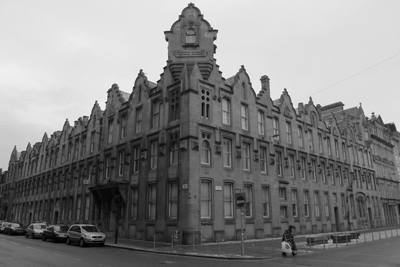
As is the case with most European cities, religious buildings are some of the oldest remaining. Glasgow is no different. The cathedral has its origins in the early 1100’s with most of the exterior finished by the 1400’s. Not as large as I expected, the church’s unrestored façade is beautiful Gothic although the building is dwarfed by the adjacent Royal Infirmary. Glasgow Necropolis, on the opposite hill, offers some wonderful perspectives of the cathedral… as well as lots of architectural treats:
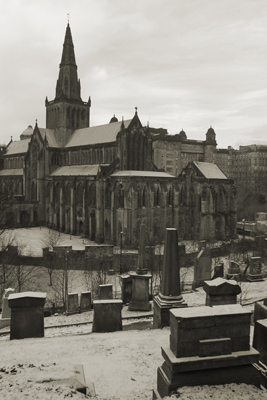
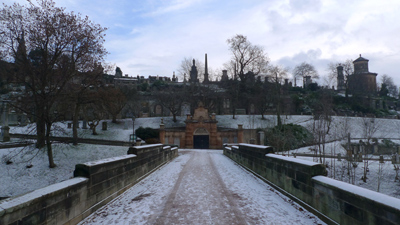
An important trade center with British colonies in the Americas, Glasgow grew rich. Even after independence of the USA, Glasgow found new ways to make money by producing textiles, other heavy manufacturing & shipbuilding. The air quality & general living conditions may have been poor, but lots of money meant showing off. Golden & red sandstone were used during the boom era & a revival of Scottish Baronial added turrets & decorative ornamentation to buildings throughout the city. Neoclassical was also popular as seen in the Gallery of Modern Art —formerly the Cunninghame family home— & Hutcheson’s Hall. Bridges across the River Clyde in every imaginable style began to pop up:
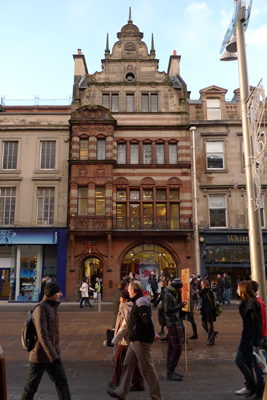
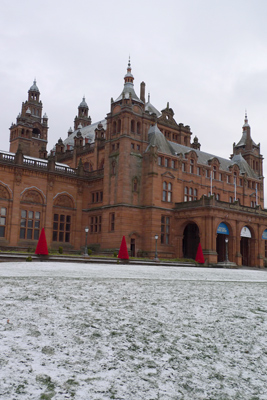
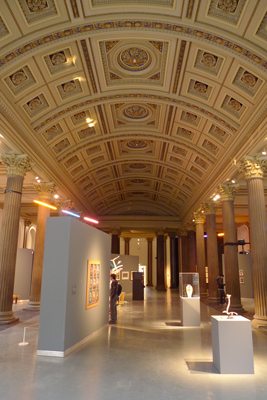
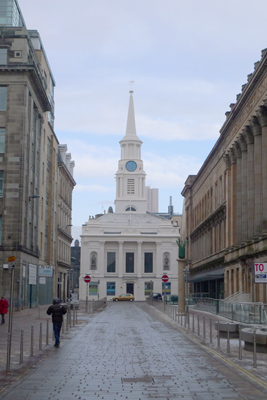

A combo Greek-Egyptian revival became the rage in Glasgow for some time although little evidence of this period remains. The architecture of Alexander Thomson is a fantasy come true as is this little jem:
Glasgow is naturally somewhat of a mecca for Art Nouveau fans. Charles Rennie Mackintosh designed the School of Art (among other city landmarks) & pushed Glasgow to the forefront of design. Buenos Aires architect Estanislao Pirovano studied there for one year during the school’s heydey in 1910… the staff was kind enough to make a copy of his record for me. More on those discoveries soon.
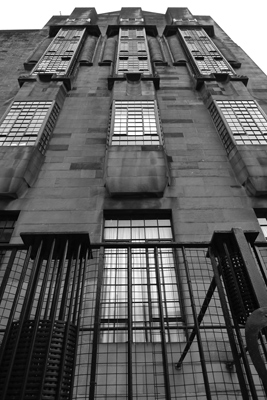
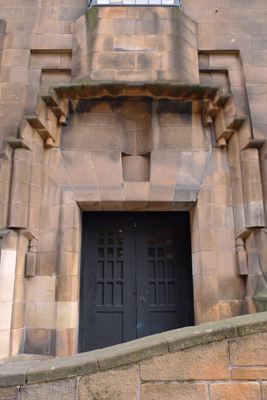
The most unexpected, fun find was a series of three buildings on the south bank of the River Clyde which belonged to the Scottish Cooperative Wholesale Society. As a forerunner to today’s Co-operative Group with stores in most major UK cities, it was a business owned & operated by its members. Original merchandise included chemical products (bleach, insecticide) & pharmaceuticals but now covers most retail products & services. As far as I could see (with snow constantly blowing in our faces), the buildings have been re-purposed to residential & office space. They are absolutely beautiful buildings, full of symbolism:
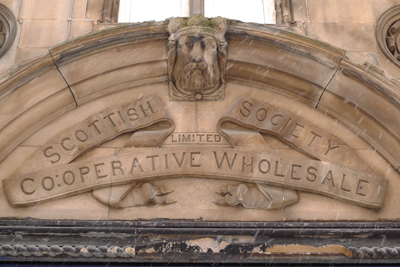
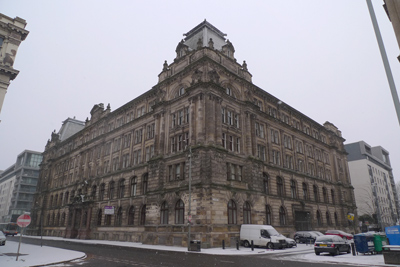
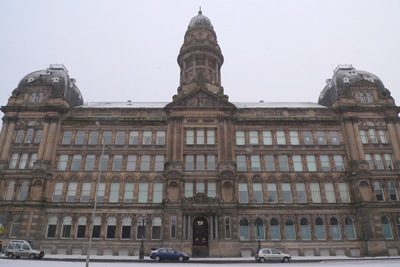
Art Deco appeared to be mostly confined to banks… magnificent but not much of it:
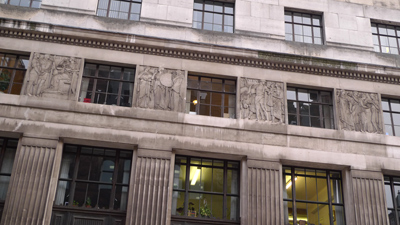
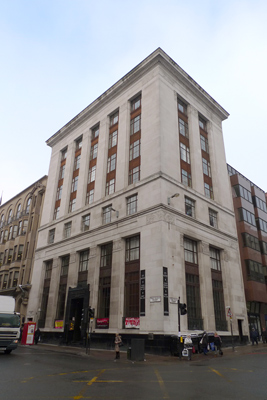
Modern structures dot the city center, but the biggest concentration of new architecture is along the river with over £1 billion invested since 2001. The only other city I know well which revamped its industrial roots is Bilbao… a high standard to beat. Glasgow hasn’t quite made it yet. The riverside contains prime development property, but most design fails to inspire. Hopefully further stages will bring better architects to the table.
The Clyde Arc or Squinty Bridge is nice enough, reminiscent of Santiago Calatrava. Further west, the conference center area is fairly bleak with a series of megahotels & Sir Norman Foster’s Clyde Auditorium —known locally as The Armadillo— occupying most of the terrain. As a Foster fan, the auditorium unfortunately left me cold. So did the IMAX & the Science Centre on Pacific Quay. Seems like quite a bit of work remains to be done, but the BBC Scotland building stole the show:
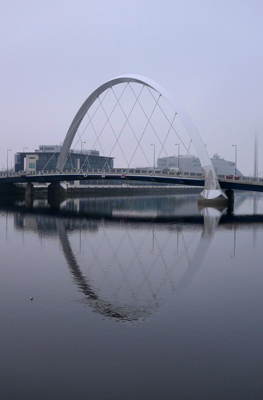
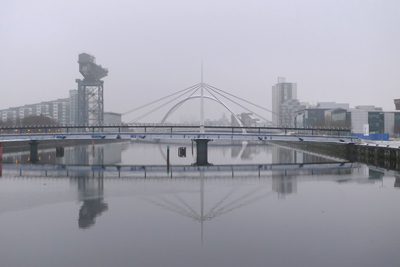
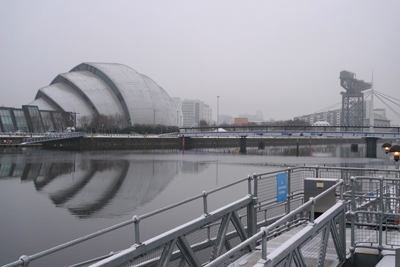
Other assorted bits & pieces: ships on buildings, university architecture masquerading as medieval, the Argyll Arcade with one of the most beautiful pubs/restaurants tucked out of sight, & the former St. David’s Church graveyard now transformed into the beautiful Ramshorn Park with tombstones lining the walls:
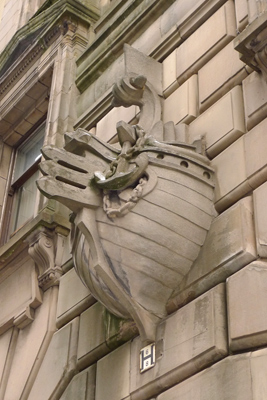
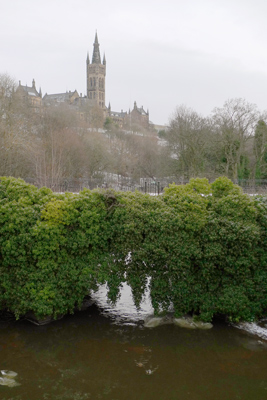
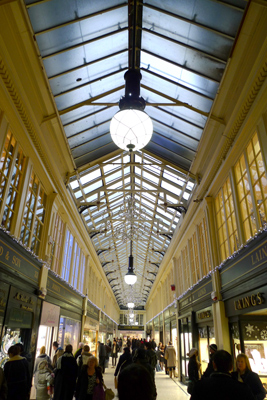
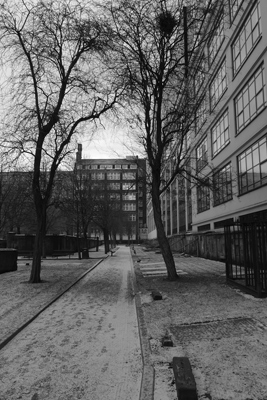
Ah, always on the lookout for Juan Chiogna‘s inspiration, we ran into these interesting buildings. Any info as to their architects or original use would be much appreciated:
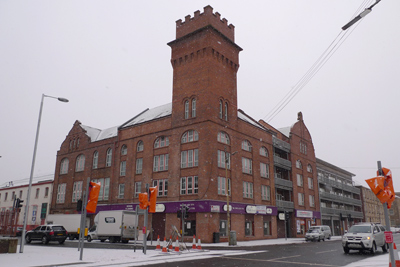
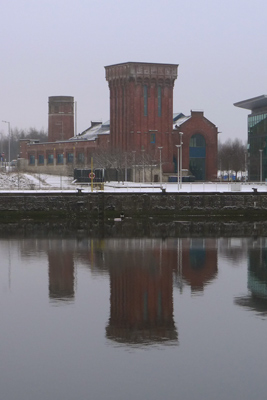
In spite of critical comments about Glasgow’s most recent developments, the city’s architecture fascinated & provided me with one audible “wow” after another. What an amazing place. For more information about Glasgow architecture, check out Gerald Blaikie‘s wonderful series of pages or the Urban Glasgow forum. Better yet, go see this fabulous city yourself!
Next: I went back in 2012 to see more!
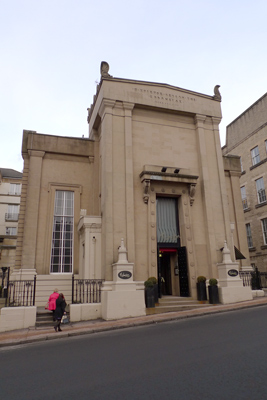
What an excellent group of photos showcasing the city’s architecture – lots of eye candy. Although I must say that I’m tempted to bundle up and drink some hot chocolate after reading your post – it looks very chilly and bleak there in Glasgow!
Hi Katie – The temps & constant snow weren’t much of a deterrent… I was determined to see all I possibly could. And even though these aren’t the best pics I’ve taken, I think they turned out well considering the conditions. Glasgow is a fantastic place & I can only imagine how beautiful it would be in summertime!